“Although in the U.S. there are increasing conversations about personalized learning, digital learning, deeper learning and alike, the prevalent content delivery mechanism in most schools remains the traditional, 20th century approach to learning. The tutorial networks give us an opportunity to start the conversation about what strategies engage students in the process of learning.” – Helen Janc Malone
What happens when you place the child back at the heart of learning?
This simple philosophy was used to launch an experiment with the goal of improving eight poor rural Mexican public schools. Since 2009, the tutorial networks (as the grassroots initiative was called) have been leading a country-wide school improvement effort in 9000 schools with the lowest academic achievement on the national standard test. Today in Part 4 of “Education Is My Right,” we will explore what education reformers can learn from this unique and innovative strategy which has attained such positive results that it is now being supported by educators and policymakers in Mexico’s highly centralized system of public school education.
It is my pleasure to welcome to The Global Search For Education, Gabriel Cámara, the founder of Mexico City-based Convivencia Educativa (Educational Coexistence) A.C. and Redes de Tutoría S.C. (Mentoring Networks). I also asked Helen Janc Malone, author of Leading Educational Change: Global Issues, Challenges, and Lessons on Whole-System Reform, which features Gabriel’s work, to weigh in. Helen is the Director of Institutional Advancement at the Institute for Educational Leadership in Washington, DC.
Advertisement
“Tutoring what one learns, and has shown to have mastered, becomes the occasion to learn in depth and to create a convivial community in the group.” – Gabriel Cámara
Gabriel, please summarize the goals of the tutorial networks.
Tutorial networks in public schools are a means to obviate a major distortion imposed on learners by the predominant culture that determines the themes that teachers and students should learn, and the times within which they should be mastered. Instead of allowing the free encounter of interested learners with a competent mentor, standard practices in classrooms force impersonal recitations of content to generally passive audiences. The known effect is not only lack of interest in the particular subject being presented, but the missed opportunity to practice learning academic subjects in earnest, with commitment, visible results and satisfaction – the foundations of the enduring ability to learn by oneself. Contrary to common practice, tutorial relationships in a classroom facilitate the matching of what is of interest to each student with what is available in the mentor’s repertoire. The immediate objection, from the conventional perspective, is that it would be well-nigh impossible for one teacher to match the interest of every student in a large group, even if the teacher is knowledgeable and willing to help. Tutorial networks deflect the objection, as all members in the group learn from one another. Tutoring what one learns, and has shown to have mastered, becomes the occasion to learn in depth and to create a convivial community in the group.
Tutorial networks were first started at the margins of a public school system, where chronic deficiencies in structure, transient teachers, and regional poverty were invitations to try radical innovations, without disturbing the rest of the schools. As regular classrooms turned into learning communities and students became capable of mentoring what they had mastered, opportunities to learn multiplied: students moved eagerly to neighboring schools to share what they knew with fellow students, and in turn, these students and their teachers created new learning communities. Then, authorities changed from allowing a radical experiment in almost lost cases to promoting tutorial networks to improve learning in low performing, though better served schools. This way the transformation began to be seen as a large scale educational change.
Two major factors account for the transformation that already has touched thousands of public schools in Mexico: the acceptance of authorities in charge of the system, of course, but most striking, the inner conversion of teachers and students from passive receptors of external directives to managers of their own learning and active agents of change in neighboring schools. The newly discovered power among ordinary teachers and students, not only to learn, but also to teach, has proved to be the major force to sustain and spread tutorial networks in the school system.
As the basic competency of taking control of one’s own learning becomes regular practice among a growing number of educational actors, the possibilities of a more professional service increase.
“Once the competency of controlling and sharing one’s own learning becomes the basic link in an extended network of advisors, teachers, students and even their families, the groundwork of an autonomous profession is laid out.” – Gabriel Cámara
What have been the benefits and what have been the challenges?
The major benefit has accrued to teachers and students who perceive, as never before, the satisfaction of achieving visible, valuable learning. The obvious reason is the perfect match of interest and capacity that obtains in tutorial dialogues when tutor and tutee face a common challenge. Basic to the success also is the equity of the exchange predicated on mutual trust, truth and commitment. Such an exchange invariably leads to completion, always satisfactory in a real sense, never deferred to some vague future, and always open to further intellectual achievements. The evidence of good learning and the fruition of excellence come when the tutee becomes a tutor to fellow students, to family members and at times even to neighboring teachers and administrators. Exchanges among students of different schools in order to give and receive tutoring become natural, even necessary to demonstrate competency, increase common knowledge and extend the practice.
Once the competency of controlling and sharing one’s own learning becomes the basic link in an extended network of advisors, teachers, students and even their families, the groundwork of an autonomous profession is laid out. Training, teaching, evaluating, managing school chores and administering resources are easily integrated and make possible the rendering of the quality service expected from a public school system.
The new relationships that started at the learning core create stronger social relationships within the school system, and in a very real sense democratize the institution, since the newly discovered power of every learner commands the process.
The challenge to the continuing expansion of tutorial networks, as always, is the ingrained habit of following tried patterns even if they do not deliver the promised results. It is the satisfactory experience of good results in face to face encounters that causes the inner conversion to learn in depth and enjoy sharing it.
“The fact that these networks have spread from dozens to thousands of schools in a manner of a few years and have been accepted by the educational establishment as a credible improvement approach, speaks to the power and evidence these tutorial structures have demonstrated to their communities and to the public at large. -Helen Janc Malone
Helen, what can we learn from this approach to school reform?
Tutorial networks in Mexico turn school reform on its head. As opposed to hoping educational change trickles down from national or regional policies and external pre-packaged reforms, tutorial networks create change from the grassroots level. The fact that these networks have spread from dozens to thousands of schools in a manner of a few years and have been accepted by the educational establishment as a credible improvement approach, speaks to the power and evidence these tutorial structures have demonstrated to their communities and to the public at large.
What is unique and innovative about the tutorial networks is that they put the learner and the process of learning at the center of the education endeavor, and focus on tutorial relationships as a driver for democratic, equitable learning environment, absent of traditional, grade-level, standardized, rigid structures that often disengage students. Taking agency for instructional delivery and ownership of learning is empowering and motivating for both the tutors and the tutees. There is a great sense of pride that comes from receiving personalized learning, mastering content and sharing that knowledge with peers. An added advantage of such a strategy has been the excitement that spreads beyond the school walls and spills out into the community, where families again begin to see schools as centers for learning and development. This is particularly evident where tutorial networks have been able to positively transform rural, high-poverty, low-performing schools.
Although in the U.S. there are increasing conversations about personalized learning, digital learning, deeper learning and alike, the prevalent content delivery mechanism in most schools remains the traditional, 20th century approach to learning. The tutorial networks give us an opportunity to start the conversation about what strategies engage students in the process of learning.
Helen Janc Malone, C.M. Rubin, Gabriel Cámara
All Photos are courtesy of Jessica Trujano.
For more information see Leading Educational Change: Global Issues, Challenges, and Lessons on Whole-System Reform (Teachers College Press, 2013): http://store.tcpress.com/0807754730.shtml

In The Global Search for Education, join me and globally renowned thought leaders including Sir Michael Barber (UK), Dr. Michael Block (U.S.), Dr. Leon Botstein (U.S.), Professor Clay Christensen (U.S.), Dr. Linda Darling-Hammond (U.S.), Dr. Madhav Chavan (India), Professor Michael Fullan (Canada), Professor Howard Gardner (U.S.), Professor Andy Hargreaves (U.S.), Professor Yvonne Hellman (The Netherlands), Professor Kristin Helstad (Norway), Jean Hendrickson (U.S.), Professor Rose Hipkins (New Zealand), Professor Cornelia Hoogland (Canada), Honourable Jeff Johnson (Canada), Mme. Chantal Kaufmann (Belgium), Dr. Eija Kauppinen (Finland), State Secretary Tapio Kosunen (Finland), Professor Dominique Lafontaine (Belgium), Professor Hugh Lauder (UK), Professor Ben Levin (Canada), Lord Ken Macdonald (UK), Professor Barry McGaw (Australia), Shiv Nadar (India), Professor R. Natarajan (India), Dr. Pak Tee Ng (Singapore), Dr. Denise Pope (US), Sridhar Rajagopalan (India), Dr. Diane Ravitch (U.S.), Richard Wilson Riley (U.S.), Sir Ken Robinson (UK), Professor Pasi Sahlberg (Finland), Professor Manabu Sato (Japan), Andreas Schleicher (PISA, OECD), Dr. Anthony Seldon (UK), Dr. David Shaffer (U.S.), Dr. Kirsten Sivesind (Norway), Chancellor Stephen Spahn (U.S.), Yves Theze (Lycee Francais U.S.), Professor Charles Ungerleider (Canada), Professor Tony Wagner (U.S.), Sir David Watson (UK), Professor Dylan Wiliam (UK), Dr. Mark Wormald (UK), Professor Theo Wubbels (The Netherlands), Professor Michael Young (UK), and Professor Minxuan Zhang (China) as they explore the big picture education questions that all nations face today.
The Global Search for Education Community Page
C. M. Rubin is the author of two widely read online series for which she received a 2011 Upton Sinclair award, “The Global Search for Education” and “How Will We Read?” She is also the author of three bestselling books, including The Real Alice in Wonderland.
Follow C. M. Rubin on Twitter: www.twitter.com/@cmrubinworld

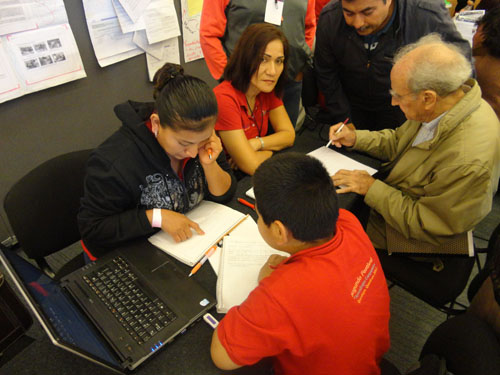
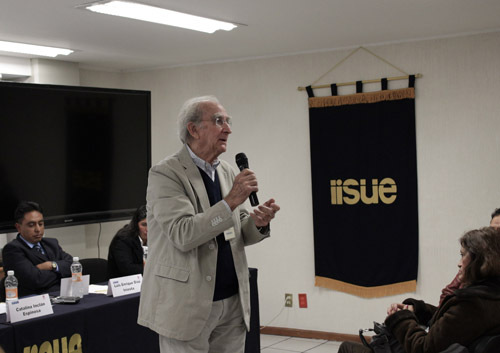
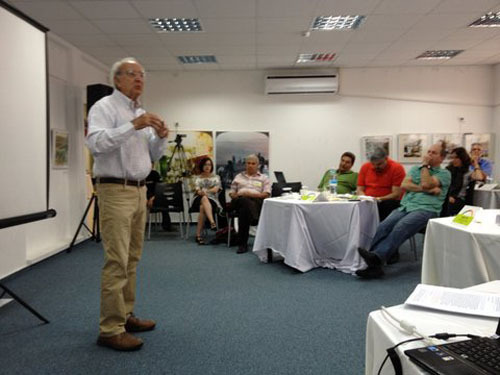
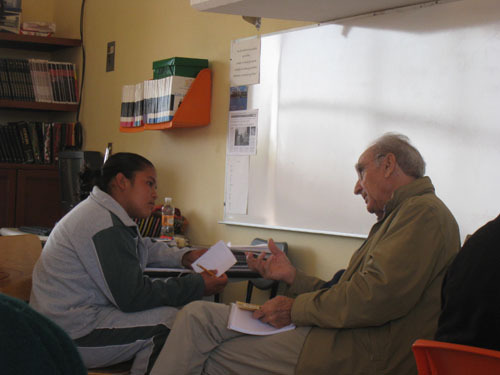

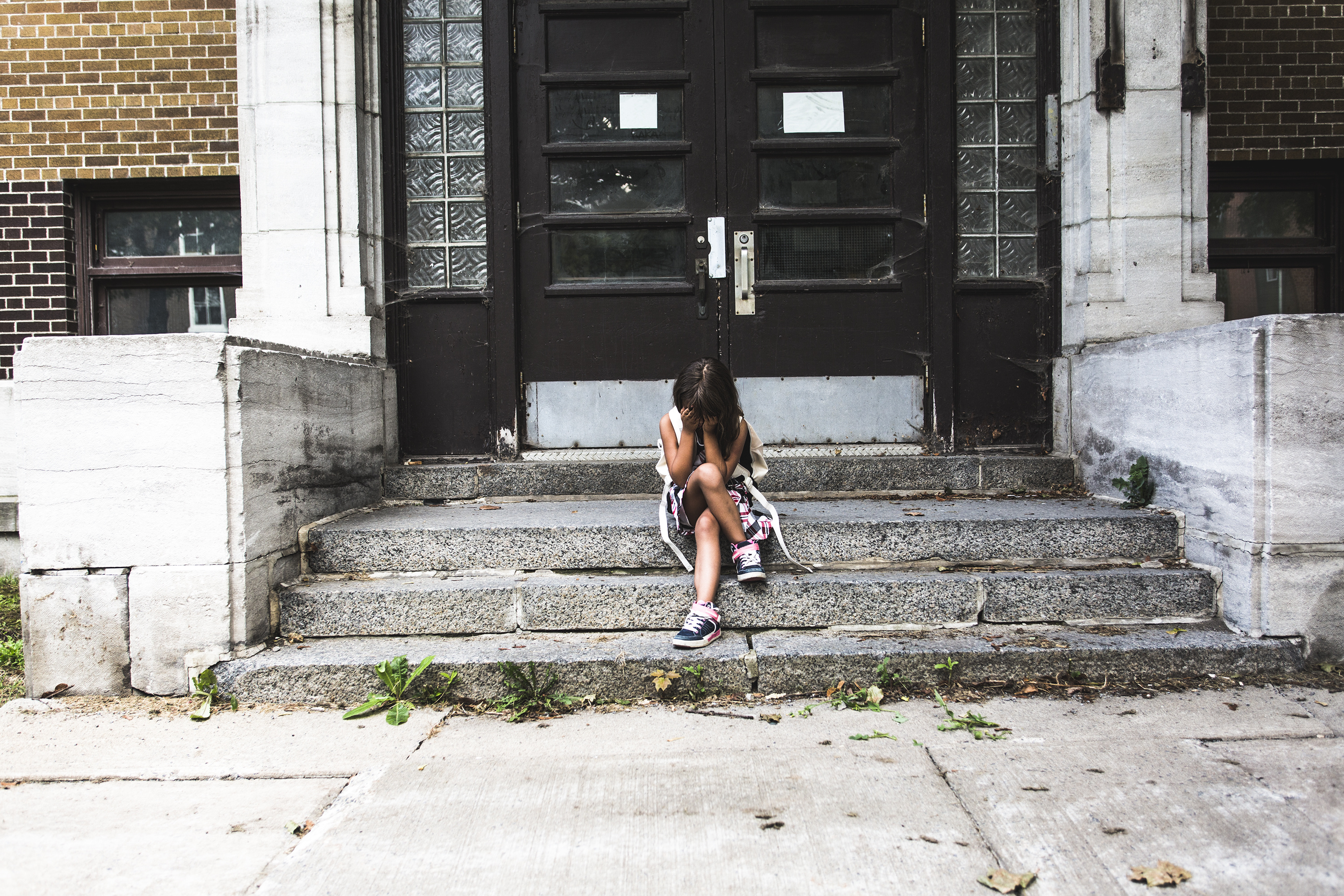

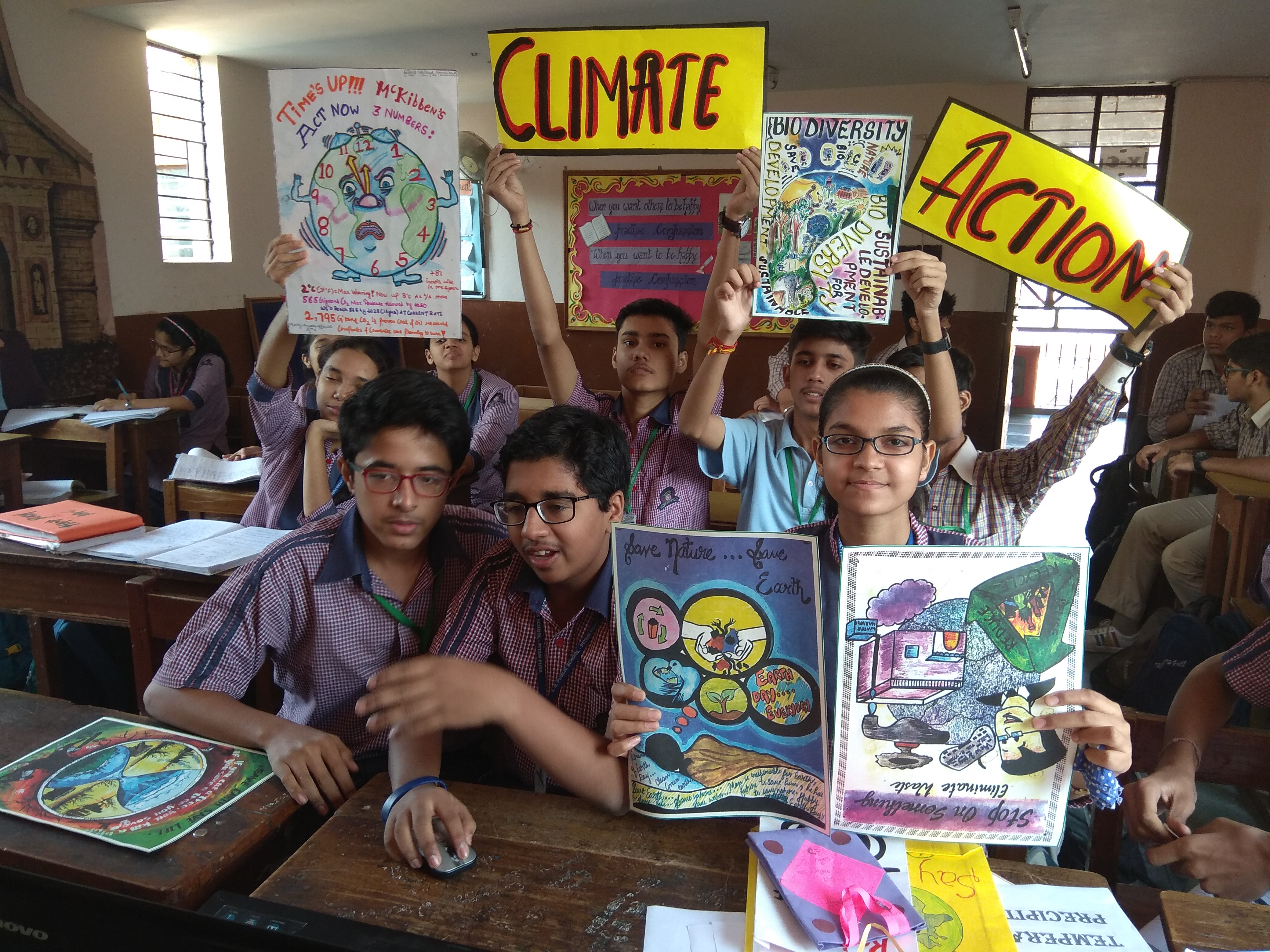
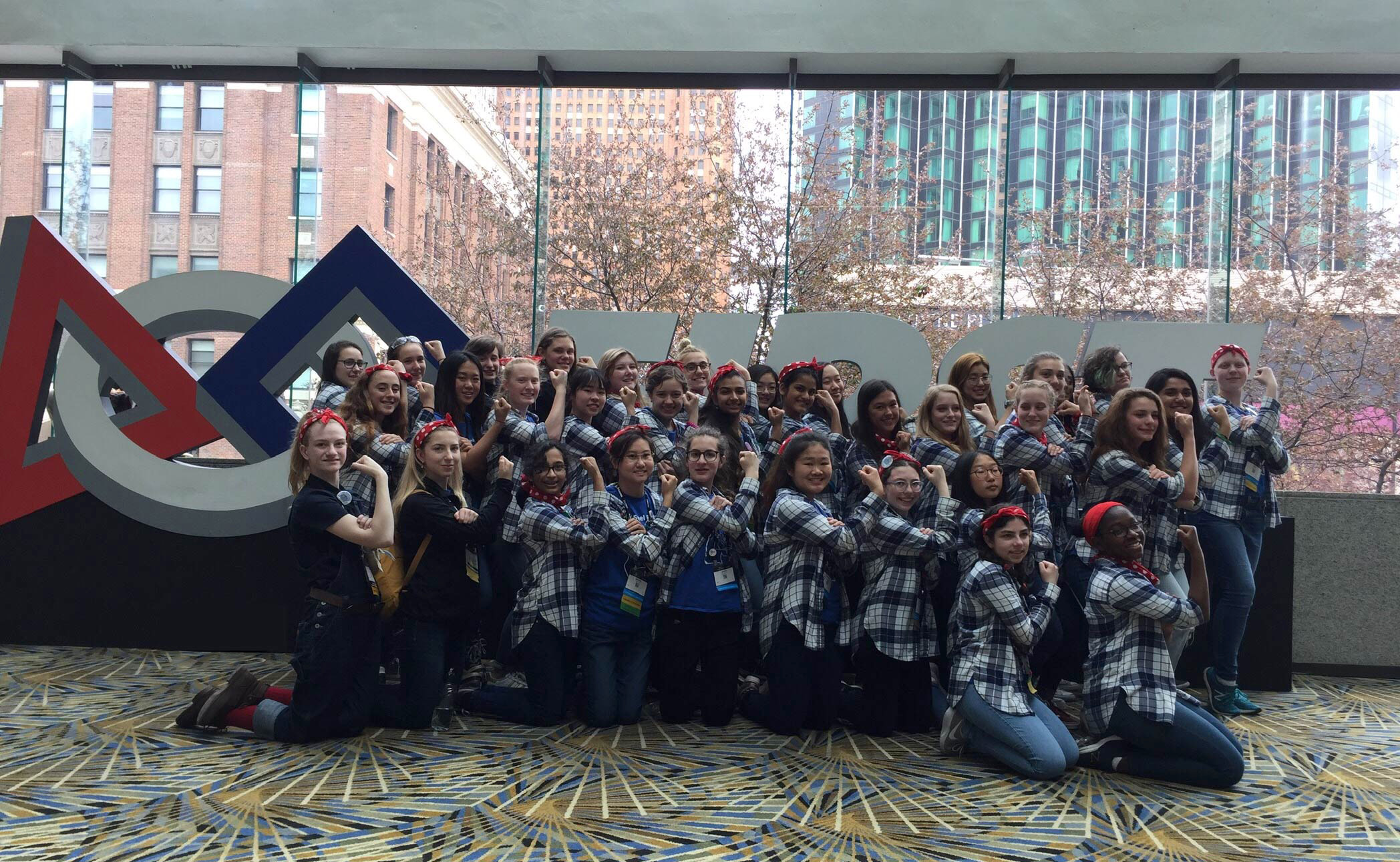
Recent Comments